Initially the peanut was a garden crop for much of the beginning in North America, as with the potato it was used as animal feed (primarily for pigs) until the 1930s.
At some point, the United States Department of Agriculture (USDA) determined that the cotton crop in southern states was depleting the soil of nitrogen. This would mean an eventual end to cotton without some form of intervention. The peanut, being a nitrogen fixer, was deemed a perfect rotational crop to cotton. To that end the USDA initiated a program to support agricultural production and consumption of peanuts. The USDA contracted a number of botanists to come up with uses for the peanut and this is where George Washington Carver came in.
Carver came up with a wide variety of uses for the legume; some as food and others as replacements for dyes, cosmetics, paints, varnish, lubricating oil, leather treatment, furniture polish, insecticides, fuel, and even in the manufacture of nitroglycerin. These uses remain popular to this day.
Carver published forty-four no-nonsense bulletins from the Tuskegee Collage for farmers, which included one hundred-five food dishes and roughly one hundred commercial farm product recipes based on the peanut.
There are now four basic cultivar of peanut which include the Spanish, Valencia, Runner, and Virginia groups.
The peanut is a primary ingredient in “Plumpy Nut,” a World Health Organization food developed to fight severe, acute malnutrition. This famine relief product has a two year shelf-life and does not require cooking or refrigeration. Plumpy-Nut is comprised of peanut paste, sugar, vegetable fat, and skimmed milk powder, enriched with vitamins and minerals.


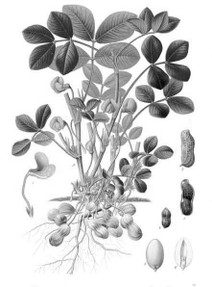 The name in Spanish is cacahuate, a Spanish attempt to pronounce the Nahuatl word tlalcacahuatl. In that language the literal translation of this is “coco bean from the earth.” Because the raw cocoa bean looks very much like a peanut and because the peanut itself grows underground. Since the cocoa bean comes from pods unlike the peanut, this conjugate makes sense.
The name in Spanish is cacahuate, a Spanish attempt to pronounce the Nahuatl word tlalcacahuatl. In that language the literal translation of this is “coco bean from the earth.” Because the raw cocoa bean looks very much like a peanut and because the peanut itself grows underground. Since the cocoa bean comes from pods unlike the peanut, this conjugate makes sense.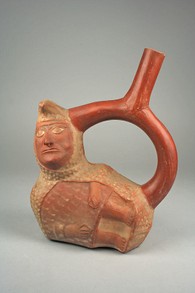
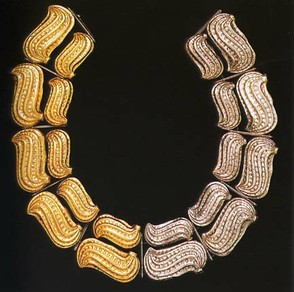


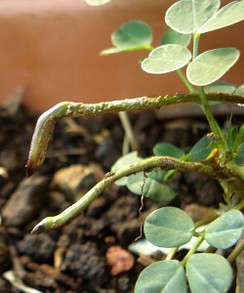
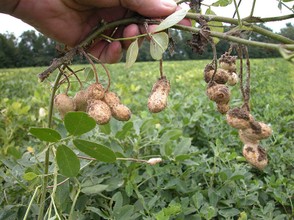
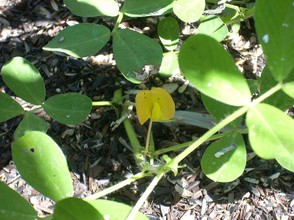
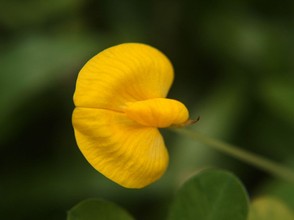


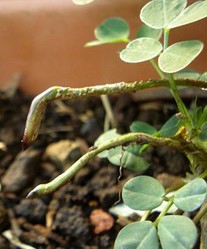

 Crêpes and Crêpe Disheson 09/14/2016
Crêpes and Crêpe Disheson 09/14/2016
 About Me - Liam Beanon 11/28/2014
About Me - Liam Beanon 11/28/2014
 About Ebolaon 11/08/2014
About Ebolaon 11/08/2014

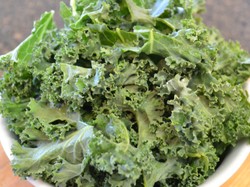
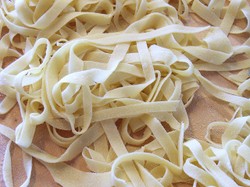
Comments
I didn't realize we've only been eating peanuts since the 1930's. Fascinating!
Thank you, Mira, for reading it.
This was such an interesting article! Thank you for taking the time to write it!